Properties of 3D Shapes (Edexcel GCSE Maths): Revision Note
Exam code: 1MA1
Properties of 3D shapes
What are the names of common 3D shapes?
You should know the general names of prisms
A prism is a 3D shape with the same cross-section throughout
The cross-section of a cube is a square
The cross-section of a cuboid is a rectangle
You will also have to work with other prisms, such as triangular prisms or hexagonal prisms
In these cases the exam question will make sure the shape of the cross-section is clear
A cylinder is similar to a prism
The cross-section of a cylinder is a circle
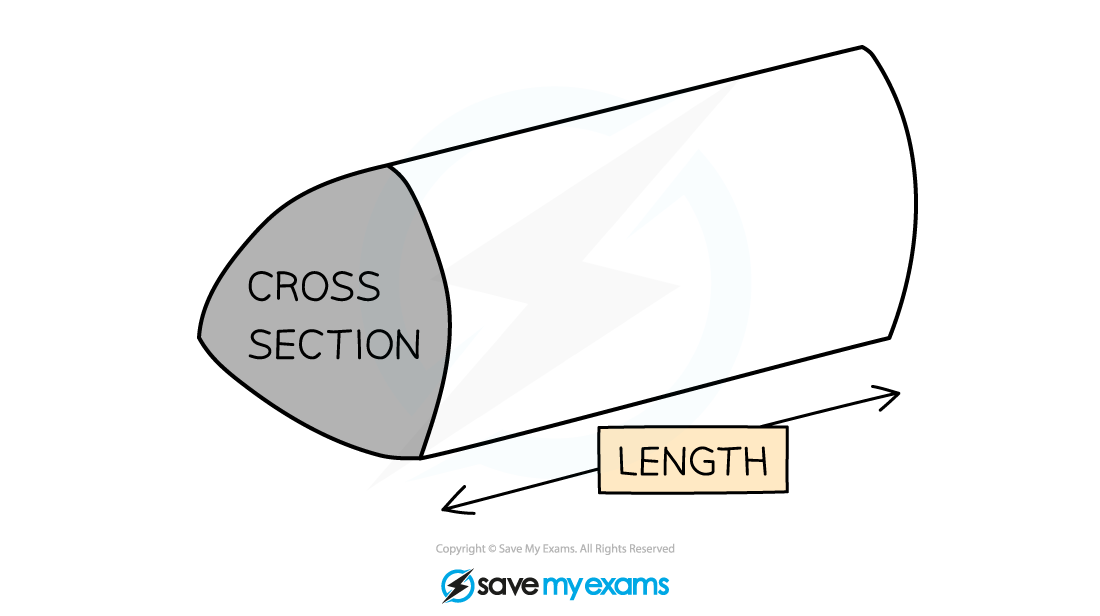
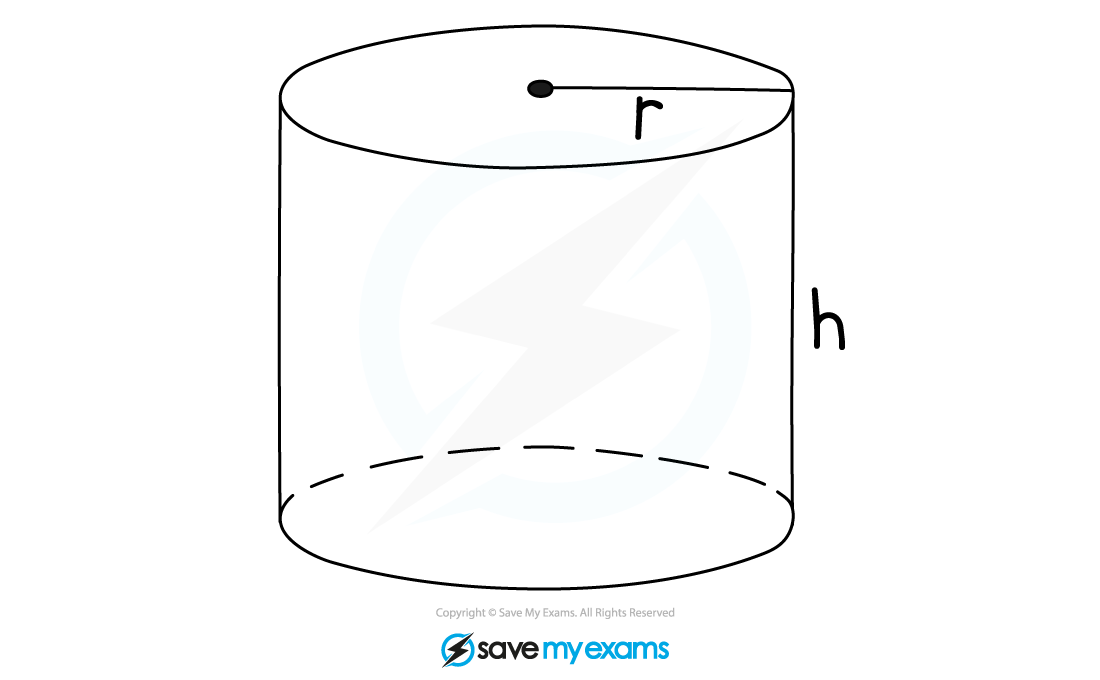
You should know the names and properties of the different types of pyramids
A pyramid has a flat base with sloping sides that meet at a point at the top
A square–based pyramid has a square as its base
Some pyramids have special names you should know
A triangular-based pyramid is called a tetrahedron
A cone is similar to a pyramid
A cone has a circular base
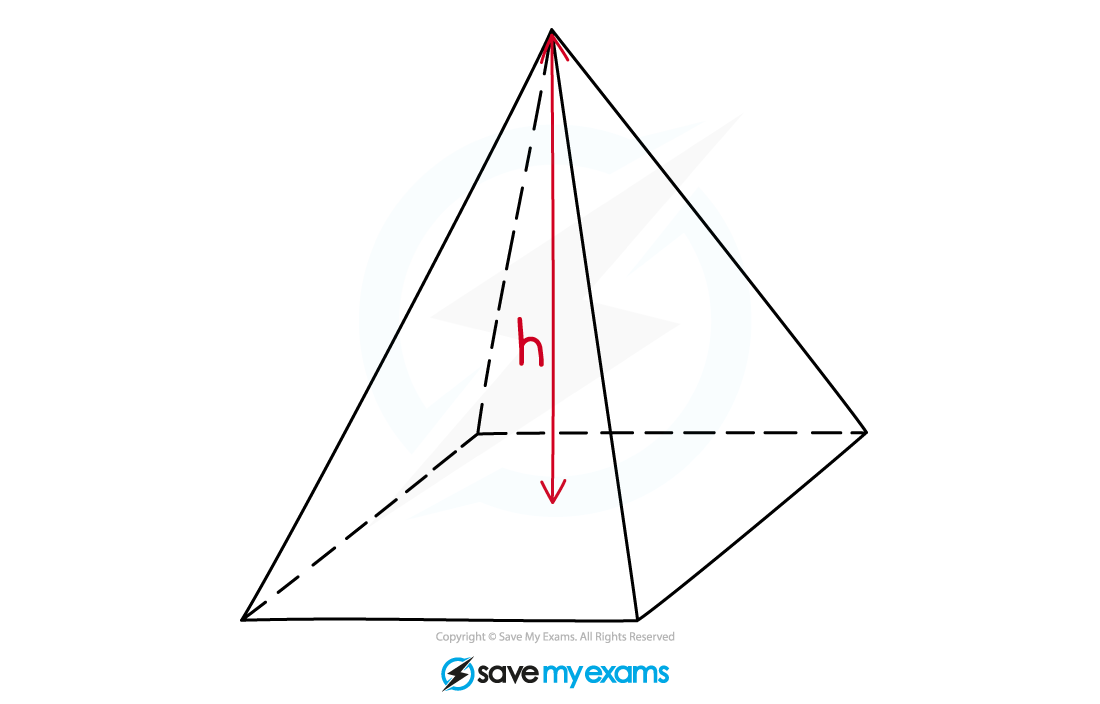

You should know the name and properties of a sphere
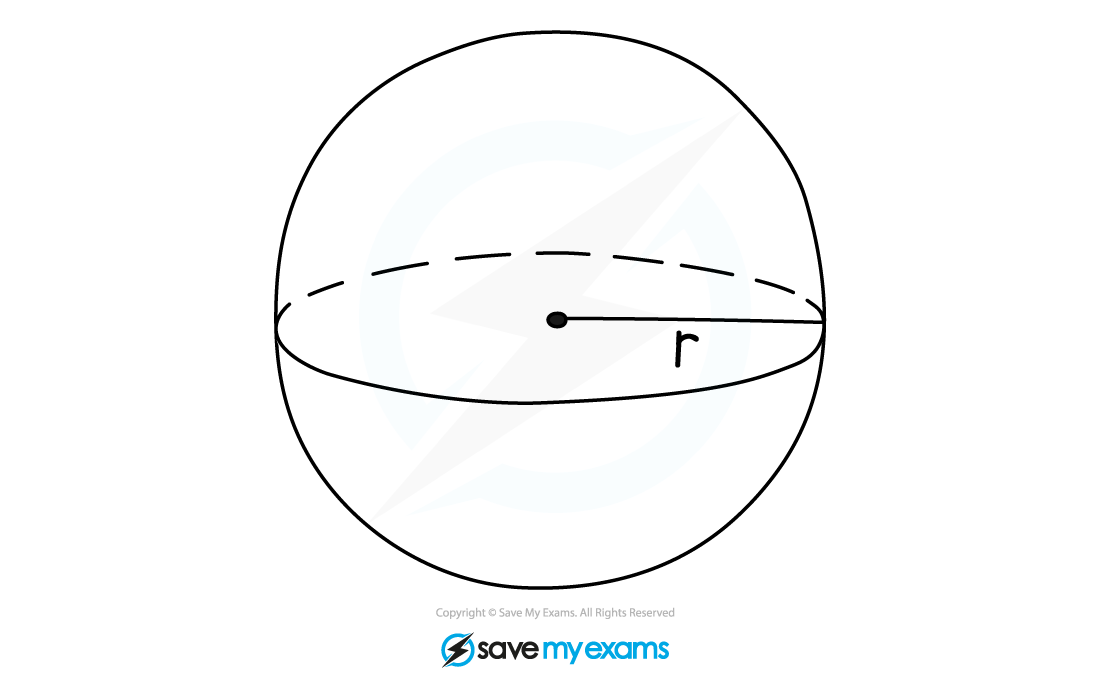
What are the properties of 3D shapes?
3D shapes have a number of faces, vertices and edges
A face is a single surface of the 3D shape
A vertex (plural, vertices) is a corner of the 3D shape
An edge joins one vertex to another
You should know the number and shape of the faces for the common 3D shapes
A cube has 6 equal, square faces
A cuboid has 3 pairs of rectangular faces
A cylinder has 2 equal circular faces and 1 rectangular face (its curved surface)
A triangular prism has 2 equal triangular faces and 3 rectangular faces
If the triangular faces are equilateral then all of the rectangles will be equal
If the triangular faces are isosceles then two of the rectangles will be equal
A square-based pyramid has 1 square face and 4 equal triangular faces
A tetrahedron has 4 triangular faces
A sphere has 1 face; it is a ball-shape
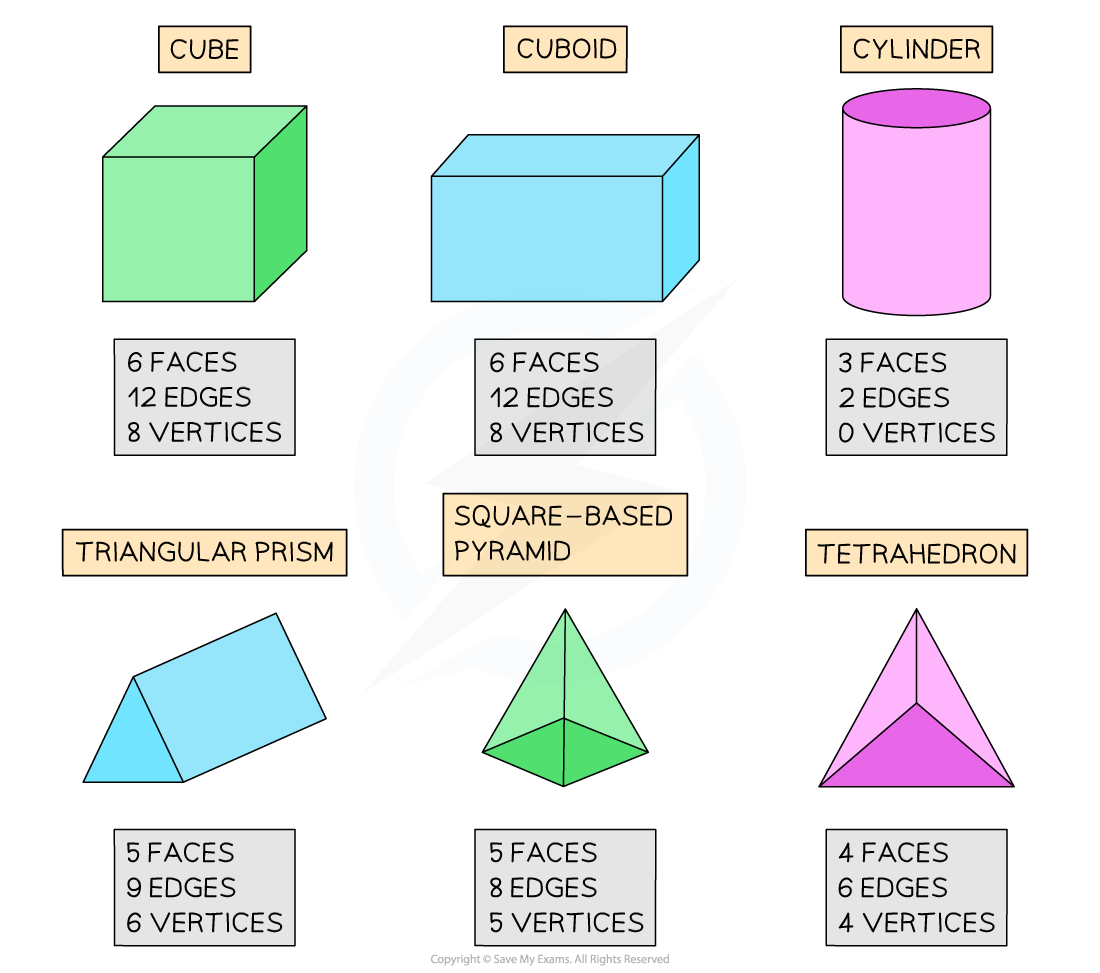
Examiner Tips and Tricks
Remembering the properties of 3D shapes will help in particular with questions involving surface area

Unlock more, it's free!
Did this page help you?